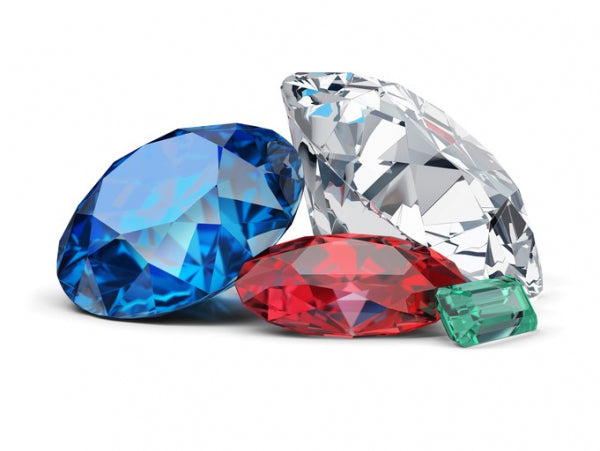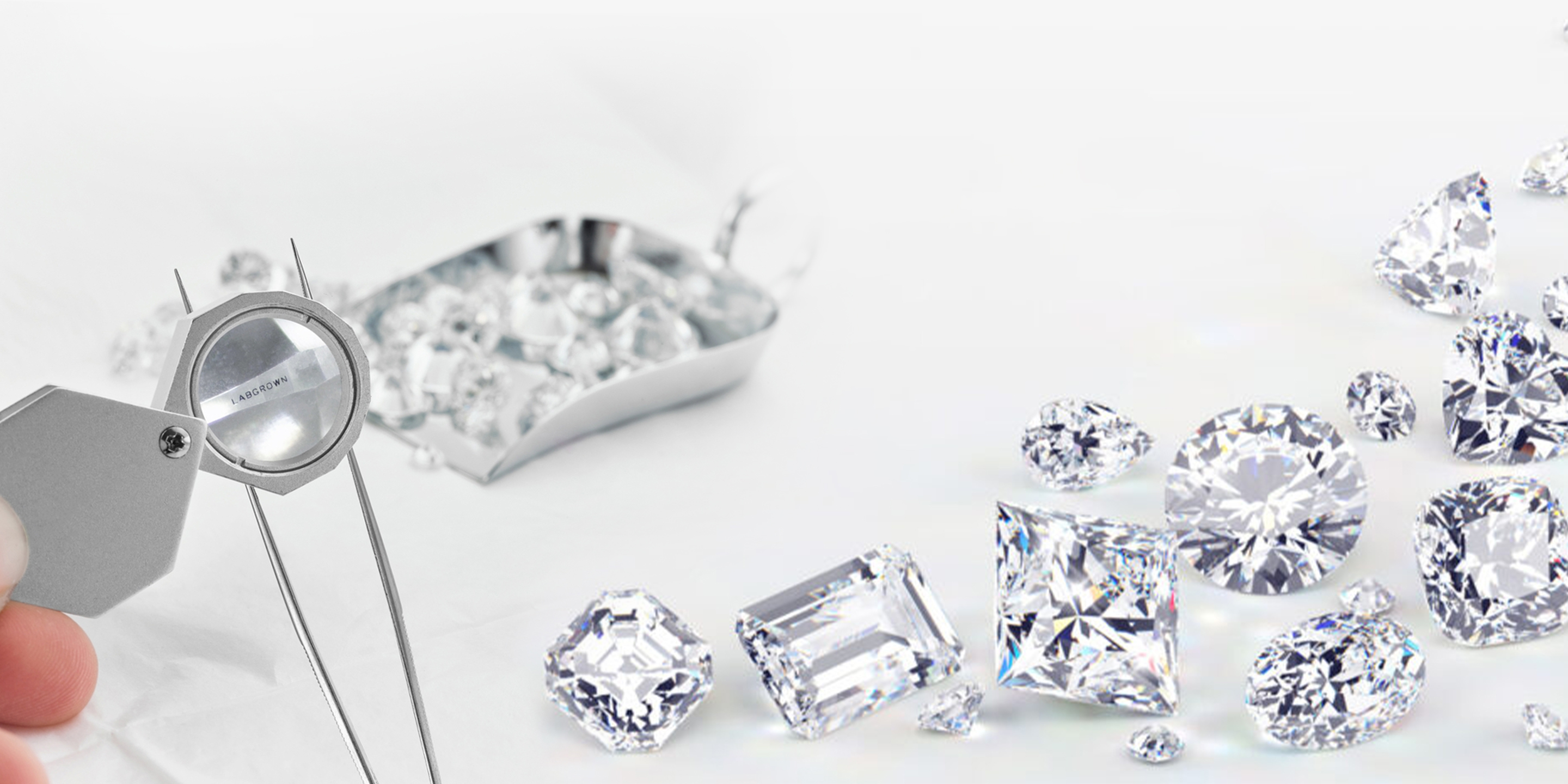
In today’s evolving marketplace, lab-grown diamonds have risen to prominence as a sustainable and ethical alternative to mined diamonds. These diamonds, cultivated through advanced technology, possess the same physical, chemical, and optical properties as natural diamonds. As society shifts towards eco-conscious choices, lab created diamonds are forever are gaining traction as the future of luxury, aligning beautifully with both aesthetic and ethical considerations.
What Are Lab-Grown Diamonds?
Lab-grown diamonds, sometimes referred to as man-made diamonds or synthetic diamonds, are created in laboratories using innovative techniques that replicate the natural diamond-growing process. They are produced under conditions that mimic the high pressure and temperature found deep within the Earth, making them indistinguishable from mined diamonds. These diamonds are evaluated using the same grading criteria, including the Four Cs: cut, clarity, color, and carat weight.
The Technology Behind Lab-Created Diamonds
There are two primary methods used to create lab-grown diamonds: High-Pressure High-Temperature (HPHT) and Chemical Vapor Deposition (CVD). The HPHT method mimics the natural diamond formation process by subjecting carbon to immense pressure and heat, causing the formation of diamond crystals. The CVD method, on the other hand, involves breaking down a carbon-rich gas in a chamber, where carbon atoms are deposited onto a diamond seed, growing the crystal layer by layer.
Both methods result in authentic diamonds that are virtually indistinguishable from natural diamonds in terms of physical structure. The advanced technology used ensures that lab-grown diamonds maintain the same brilliance, hardness, and durability as those extracted from the Earth, with the added benefit of a significantly lower environmental impact.
Lab-Grown Diamonds vs. Mined Diamonds
The debate between lab-grown diamonds and natural diamonds continues, but when it comes to their fundamental qualities, lab-grown diamonds are virtually identical to mined diamonds. Both share the same molecular structure and are graded on the same scales for cut, color, clarity, and carat weight.
Where they differ, however, is in their origin and environmental impact. Mined diamonds are extracted from the Earth through intensive labor and processes that often have a significant ecological footprint. The mining process can result in land degradation, water contamination, and loss of biodiversity. In contrast, lab-grown diamonds are created in controlled laboratory environments, which reduces the need for mining and limits environmental damage. This makes them an appealing option for consumers who prioritize sustainability and ethical practices.
Another advantage of lab-grown diamonds is the cost. On average, lab-grown diamonds can be 20-40% less expensive than mined diamonds of comparable quality. This allows consumers to acquire a higher-quality diamond for a more affordable price, without compromising on the beauty or brilliance that diamonds are known for.
Are Lab-Grown Diamonds Real?
A common misconception is that lab-grown diamonds are not “real” diamonds. This is entirely false. Lab-grown diamonds are 100% real diamonds, created under conditions that mimic the natural formation process. They are composed of the same carbon atoms, arranged in the same crystal lattice structure, which gives diamonds their renowned hardness and sparkle.
Because they are chemically and physically identical to mined diamonds, lab-grown diamonds are certified and graded by the same gemological institutes, including the Gemological Institute of America (GIA) and the International Gemological Institute (IGI). These diamonds are also durable and will last a lifetime, making them an ideal choice for those seeking both beauty and longevity in their jewelry.
Ethical Considerations: Why Lab-Grown Diamonds Matter
One of the most compelling reasons to choose lab-grown diamonds is the ethical advantage they offer. The mining of natural diamonds has been historically linked to a range of humanitarian and environmental issues, including unsafe labor conditions, exploitation, and conflict diamonds—diamonds mined in war zones and sold to finance violent conflicts.
Lab-grown diamonds provide a clean, ethical alternative. They are sourced in conflict-free environments, free from the social and environmental concerns that plague parts of the diamond mining industry. For consumers who value transparency and responsibility, lab-created diamonds represent a guilt-free luxury, allowing you to enjoy the brilliance of a diamond without the ethical compromises.
Sustainability and Environmental Impact
The environmental benefits of lab-grown diamonds cannot be overstated. Diamond mining is a resource-intensive process that can cause significant damage to ecosystems, especially in regions where mining regulations are lax or poorly enforced. Mining operations often require extensive land excavation, leading to habitat destruction and water pollution.
In contrast, the creation of lab-grown diamonds requires far fewer resources. Producing diamonds in a controlled lab environment drastically reduces the carbon footprint, as it eliminates the need for heavy machinery and large-scale land disruptions. Additionally, many diamond manufacturers are committed to using renewable energy sources, further reducing their environmental impact.
The Growing Popularity of Lab-Grown Diamonds in the Jewelry Market
In recent years, lab-grown diamonds have surged in popularity, particularly among millennials and Gen Z consumers. These younger generations are more conscious of the environmental and ethical implications of their purchases and often prioritize sustainability over tradition. As lab-grown diamonds become more mainstream, many renowned jewelry brands have begun incorporating them into their collections, giving consumers more options than ever before.
This shift in consumer preferences has also been driven by the transparency that lab-grown diamonds offer. When purchasing a lab-grown diamond, consumers can be certain of its origin, knowing it was produced without contributing to environmental harm or unethical labor practices. As the demand for sustainable luxury continues to grow, lab-grown diamonds are poised to become a dominant force in the global jewelry market.
Customizing Lab-Grown Diamonds: The Future of Personalized Jewelry
Another exciting advantage of lab-grown diamonds is the customization they offer. Unlike mined diamonds, which are subject to the limitations of natural availability, lab-grown diamonds can be created in specific sizes, shapes, and colors to meet consumer preferences. Whether you desire a classic round diamond, a modern emerald cut, or even a fancy-colored diamond, lab-grown diamonds provide unparalleled flexibility in design.
Furthermore, the shorter production time of lab-grown diamonds means that custom designs can be created more quickly, allowing for greater creative expression. This level of personalization is highly attractive to consumers looking for unique, bespoke jewelry that reflects their personal style and values.
Are Lab-Grown Diamonds a Good Investment?
The question of whether lab-grown diamonds are a sound investment often arises among prospective buyers. While lab-grown diamonds are currently more affordable than mined diamonds, their resale value may differ. Mined diamonds have traditionally been viewed as a store of value due to their rarity, whereas lab-grown diamonds are not bound by the same scarcity.
However, for many consumers, the decision to purchase a diamond is driven by personal enjoyment, rather than investment potential. Lab-grown diamonds offer an exceptional alternative to natural diamonds, particularly for those seeking a high-quality, ethically sourced, and affordable option that still delivers on beauty and brilliance.
Conclusion: The Timeless Appeal of Lab-Grown Diamonds
As the demand for ethically sourced and environmentally sustainable products continues to grow, lab grown diamonds represent the future of the diamond industry. These diamonds, indistinguishable from their natural counterparts, offer the same allure, sparkle, and longevity, while also addressing the concerns of modern consumers.






